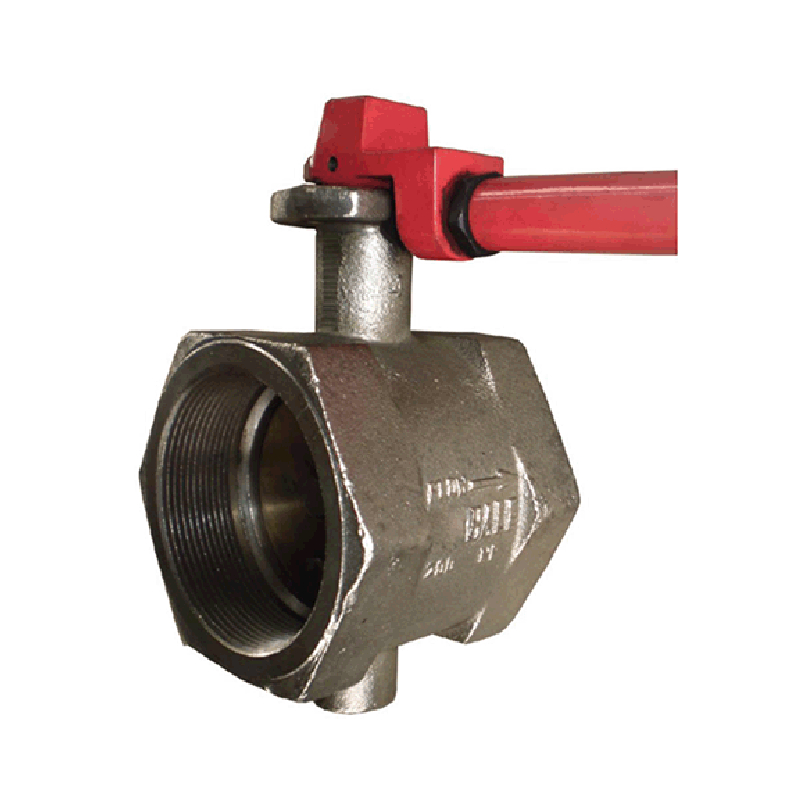10 月 . 22, 2024 02:18 Back to list
Exploring the Features and Applications of 4-Way Ball Valves in Fluid Control Systems
Understanding the 4-Way Ball Valve Features, Operation, and Applications
The 4-way ball valve is a versatile and essential component in various industrial applications, particularly in fluid control systems. As a type of valve that can manage the flow of liquids and gases in multiple directions, it plays a pivotal role in enhancing the efficiency and reliability of piping systems. This article delves into the features, operation mechanisms, and applications of 4-way ball valves to provide a comprehensive understanding of this crucial device.
Features of 4-Way Ball Valves
The defining characteristic of the 4-way ball valve is its ability to control the flow of media in four distinct port configurations. Unlike standard 2-way ball valves, which permit flow in a single direction, the 4-way valve can redirect flow between two inputs and two outputs. This functionality allows for complex routing of fluid paths, making it ideal for applications requiring versatile flow management.
Typically made from durable materials such as stainless steel, brass, or PVC, 4-way ball valves are built to withstand high pressure and temperature conditions. They come in various sizes and can be operated either manually or through automated systems, including electric and pneumatic actuators. The design usually features a spherical disc (the ball) with a hole through its center. By rotating the ball within the valve body, operators can open or close ports, thereby controlling the flow direction and volume.
Operation Mechanisms
The operation of a 4-way ball valve is relatively straightforward. When the valve is in its resting position, the ball's hole aligns with one set of ports, allowing fluid to flow through. By turning the actuator, the valve rotates the ball 90 degrees, redirecting the flow to a different set of ports. This ability to switch between routes facilitates various processes, such as mixing, diverting, or isolating flow paths.
A key advantage of 4-way ball valves is their quick operation. They can transition between open and closed states within a fraction of a second, making them suitable for applications requiring rapid response times. Furthermore, they offer low frictional resistance, leading to minimal pressure drops across the valve when fully open. This attribute is crucial in maintaining efficient system performance, particularly in high flow applications.
4 way ball valve

Applications of 4-Way Ball Valves
The versatility of the 4-way ball valve enables its use across a wide range of industries. One of the most common applications is in heating, ventilation, and air conditioning (HVAC) systems, where it is employed to regulate coolant flow and manage temperature in various zones. In this context, 4-way valves help ensure the efficient distribution of hot and cold fluids, providing optimal climate control.
Another significant application is in the chemical processing industry, where the valve can be used to switch between different chemical feed lines. The ability to manage hazardous materials safely and effectively is critical, and 4-way ball valves provide reliable operation while minimizing leak risks.
Furthermore, 4-way ball valves are also integral to hydraulic systems, often used in machinery and heavy equipment to control fluid movement in hydraulic circuits. These valves enable operators to adjust machine settings on the fly, enhancing operational efficiency and flexibility.
In the pharmaceutical and food industries, hygiene and precision are paramount. 4-way ball valves that meet sanitary standards ensure that processes remain uncontaminated while allowing for the efficient routing of fluids. These applications demonstrate the valve's significance in both operational performance and safety compliance.
Conclusion
In summary, the 4-way ball valve is a critical component in modern fluid control systems, offering unique advantages in flexibility and efficiency. Its ability to manage flow in multiple directions makes it indispensable across a variety of applications, from HVAC and chemical processing to hydraulic systems and food manufacturing. As industries continue to advance and evolve, the importance of reliable, high-performance components like the 4-way ball valve will undoubtedly remain a key element in fostering efficiency and innovation in fluid management solutions.
Share
-
Understanding the Differences Between Wafer Type Butterfly Valve and Lugged Butterfly ValveNewsOct.25,2024
-
The Efficiency of Wafer Type Butterfly Valve and Lugged Butterfly ValveNewsOct.25,2024
-
The Ultimate Guide to Industrial Swing Check Valve: Performance, Installation, and MaintenanceNewsOct.25,2024
-
Superior Performance with Industrial Swing Check Valve: The Essential Valve for Any SystemNewsOct.25,2024
-
Industrial Swing Check Valve: The Ideal Solution for Flow ControlNewsOct.25,2024
-
You Need to Know About Industrial Swing Check Valve: Functionality, Scope, and PerformanceNewsOct.25,2024